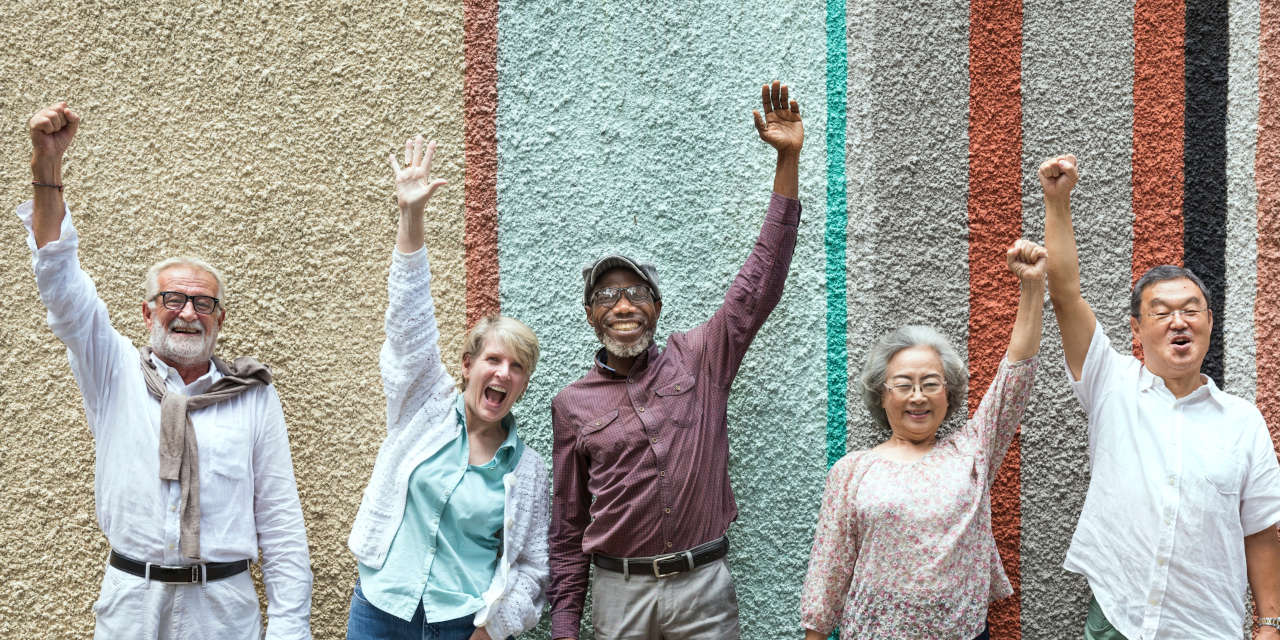By Sophie Okolo
Most senior living organizations have one thing in common: their painful lack of diversity and inability to recruit minority elders. As Steve Moran rightly mentioned in a 2017 article, senior living has an ethnicity problem: “Today, based on resident populations, only white people (and Asians) seem to like senior living.”
But how do we fix that? More importantly, how do we find ways to diversify our communities?
Pursuing diversity is necessary but shouldn’t be superficial.
“We need to diversify” is easy to say, but as we know, it’s complicated. There’s a difference between talking the talk and walking the walk.
We also hear explanations from many minority elders saying that they prefer aging at home because senior living is expensive. Nice, generalized reasons like this often prevent efforts in recruiting and retention. In fact, minority elders are not a monolithic group.
Our communities must try to diversify, even if efforts seem futile and our quest toward more inclusive communities might seem difficult.
We cannot solve everything regarding making our communities diverse, but it’s high time we innovate and stop doing things the same way. In short, we need to think outside the box.
Minorities want the same thing — with a tweak.
Contrary to popular opinion, I don’t think minority residents have a much different worldview than white residents. I say that because every human wants to feel seen and heard. The problem is when we view everyone as the same, which is a disservice to current and future residents. Therefore, changing our perception of what an older person wants or how they should be is a good start.
A 2016 Caring.com survey indicated that younger people of all races were more open to the idea of assisted living than people 65 and older. This means that senior living communities have the opportunity to capitalize on laying the groundwork of targeting younger generations now; it means we need to continue to innovate.
And there’s one pathway senior living communities can currently capitalize on, and that’s working with today’s caregivers as they care for their loved ones. As the recent trend of working with families to learn more about their loved ones is gaining traction, retirement communities can change the game within the industry.
Leave old ways of thinking behind.
As research has shown, the assumption that minority elders are just not attracted to senior living is only false, but it keeps us doing the same thing, and it’s not working.
As Steve Moran explained in his article:
The most striking and important point … is that black consumers looking at content tend to look at it through different eyes. Specifically, when they look at content they are looking for, hoping for, and wanting ethnic diversity, which suggests, when they see diversity, they will think better of your brand and be more likely to consume your brand.
Steve is right. For example, as a Black woman with a multicultural background, I rarely go to events where all or most speakers look alike, because we can do better as an industry. It might take more effort to have diverse speakers, and as mentioned earlier, it’s not about having diversity for diversity’s sake. It’s about gaining a diversity of thought and discourse that can influence the industry. Hence senior living can learn a thing or two here, because if we want to change the tide, we must use a fresh pair of eyes.
These are sensitive and difficult issues, and I am sure I have not covered all angles for engaging other ethnicities in our resident populations. But our industry can strive to lift all voices, including marginalized ones, in new and innovative ways.








